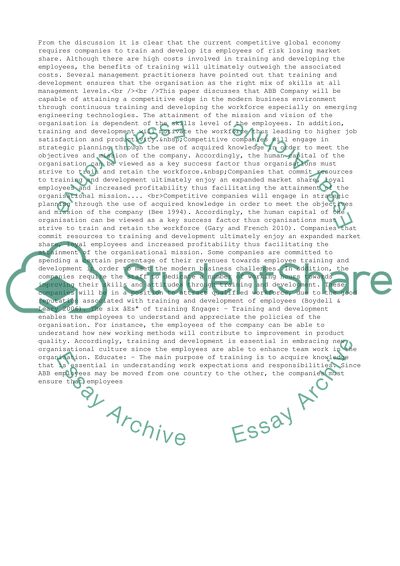Cite this document
(“Leading, Managing and Developing People in the Workplace Essay”, n.d.)
Retrieved from https://studentshare.org/business/1404194-leading-managing-and-developing-people-in-the-workplace
Retrieved from https://studentshare.org/business/1404194-leading-managing-and-developing-people-in-the-workplace
(Leading, Managing and Developing People in the Workplace Essay)
https://studentshare.org/business/1404194-leading-managing-and-developing-people-in-the-workplace.
https://studentshare.org/business/1404194-leading-managing-and-developing-people-in-the-workplace.
“Leading, Managing and Developing People in the Workplace Essay”, n.d. https://studentshare.org/business/1404194-leading-managing-and-developing-people-in-the-workplace.


